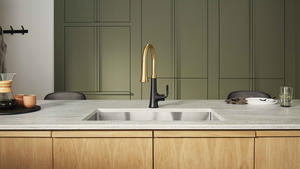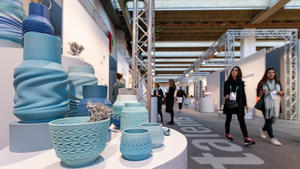In theory, everybody loves custom work. Clients get something truly unique that fits their home like a glove, while designers get to show the full range of their artistry. However, anyone who has had to talk down a client from a mid-project panic attack about a table that costs as much as a car knows: How you talk about custom work is as important as how you execute it.
Tomorrow, Business of Home editor in chief Kaitlin Petersen will chat with Julie Dodson, Marie Flanigan, Meg Lonergan and Veronica Solomon on how to educate potential clients on budgets and the value of custom work. Read on for insights into how they’ve found success.
VERONICA SOLOMON
Casa Vilora Interiors
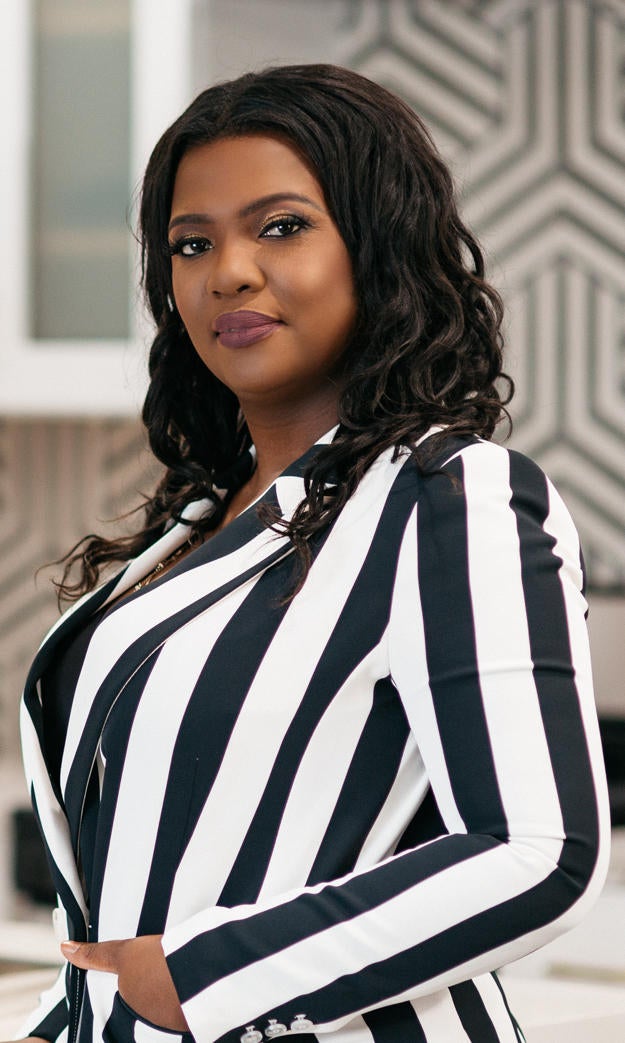
“When it comes to budget, I don’t insist on a number at the beginning. Instead, I tell my clients that we can talk about raw numbers, but at the end of the day I need to put things together before we come up with a budget. I once worked for a design firm where the big thing was, ‘You cannot leave the first meeting until you get the budget.’ I was forcing clients to give me a number, and it was random. They have no experience, no idea what things cost, and would throw out some number—and then I’d try to design around a number that was too low.
“Now, I throw out numbers first. I’ll say, ‘This living room may cost $25,000 to $30,000, but it also could come in for more.’ A lot of designers are afraid to talk about the money, so they dance around it, but the day I became comfortable talking about it, the budgets just started getting bigger and bigger. Clients want to see that you’re comfortable spending their money. When they feel that way, they’re suddenly more open to spending more.
“Honestly, there are times when I’m working with a young couple and they cannot afford the best quality across the board. I can still be the right designer for them—we just have to have a conversation about what they can expect. I encourage them to spend the most on the things that have the most impact (window treatments) and get the most use (upholstery). We can always revisit items like tables and rugs in five years.”
MARIE FLANIGAN
Marie Flanigan Interiors

“Our firm’s work is very technical, focused on everything from hard finishes to furnishings. That means we’re developing interior elevations and electrical plans alongside the project’s architect, then developing the palette of finishes and the hardscape of the home so that the contractor can get accurate estimates; only then do we dive into the holistic view of each room. I want my interiors to be an extension of the architecture, so we’re designing custom, built-to-fit pieces all the time, pocketing things in the ceiling—helping it feel seamless. Ideally, it’s all planned out before they even break ground; at the very least, we have the hard finishes designed so that the costs and timeline are accurate during construction. After construction, my team of nine installs everything at once, down to the flowers on the table.
“I bring up the budget in my first phone conversation with a potential client. I’ve found it’s easiest to just be frank: We have a $350,000 furniture budget minimum for our projects, which includes fixtures, window treatments and rugs—and if you’re building a 10,000-square-foot house, half of that budget is going to be window treatments. It’s Houston, people are building big! So it helps to give them a sense of what it really takes to build a custom home. It’s my responsibility to take care of them in that way—you don’t want anyone to build a home and not be able to finish or furnish it. Sometimes that conversation scares them away, but often they’ll come back and say, ‘We spent that and more!’
“Our job is to find what’s best, both for the client and for the project. It’s a dance, because I don’t want to abuse people’s budgets or present something they can’t afford. I tell them that nothing we’re going to present them will be poor-quality, but we can also tailor our designs so that the highest-quality pieces and finest materials are in the spaces where they’ll enjoy them most.”
JULIE DODSON
Dodson Interiors
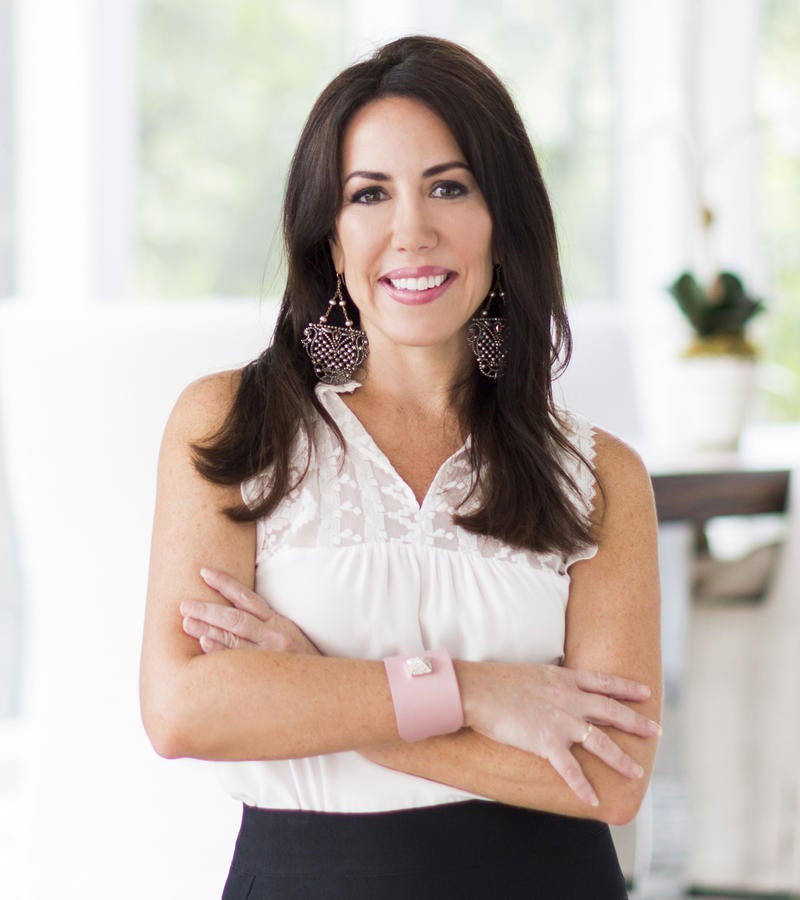
“I tell my clients early on that it doesn’t all have to be expensive, but every room has to have one special piece—whether it’s artwork, fabric on a pillow, or a lamp, it’s the one thing that makes people stop and say, ‘This is amazing.’ If you have that conversation at the start, it’s easier to say, ‘Look, I know this piece is a little more than what you were expecting, but if we do a little more custom here, we can economize over there.’
“A conversation about budget comes up very early—it’s one of the most uncomfortable but important conversations to have. I need to know if I can buy this from George Cameron Nash and do Gracie wallpaper, or if I need to scale it back and shop Waverly. Both are fine, but communicating about where they are and where you need to be is essential. And if your clients are a couple, they need to be on the same page, too! Even then, you sometimes have to know when to back off. A client I’m working with right now is building a 14,000-square-foot house that has a $700,000 budget. I can work with that, no problem—but when we’d already spent about half, they suddenly balked at the notion of spending $26,000 on a specific piece. I kept reminding them that they needed that one piece to anchor the room—and that they’d still come in on budget—but they decided that they couldn’t spend the price of a car on that one thing.”
MEG LONERGAN
Meg Lonergan Interiors
“Having a questionnaire and holding initial client meeting at our office eliminates the shoppers who are out there trying to find the cheapest option in town. I’ve found that if clients are serious, they’ll come to you. Most of my clients lately have come in through a referral or from Instagram—which is increasingly common, and they are better jobs. Clients who have found us on Instagram have heard our voice, have a sense of who we are, and when they reach out, they already know what they’re getting.
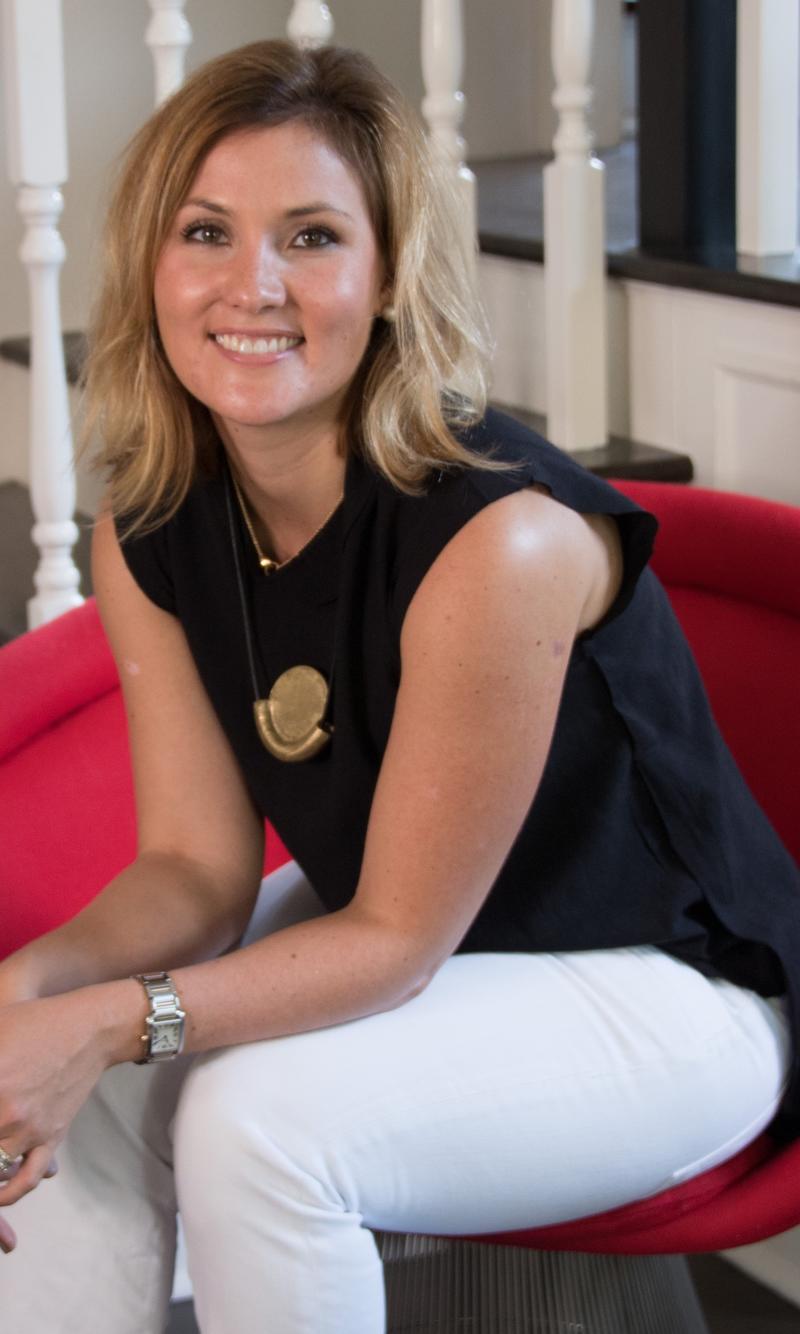
“As designers, we’re creating something that didn’t exist before—and inevitably, unexpected things will pop up, and we will disappoint our clients in one way or another. It doesn’t matter how well-oiled your machine is, something will happen that’s beyond your control. I’m honest about the fact that there’s no project where a client doesn’t get at least slightly annoyed, and in my first meeting with a client, I always say, ‘I hope you’re interviewing other people. I don’t want to be the only person you’re talking to. And when you’re talking to other designers, I want you to think about, How would I resolve a conflict with this person?’ That honesty establishes an immediate trust, but also boundaries.
“I talk about budgets early on, too, but it’s hard to tell what someone’s yardstick is. Even if they give you a budget, they don’t really know what their tolerance is yet. When I hired my landscape designer, he told me, ‘I’m Banana Republic, and I’m going to give you Banana Republic.’ And I thought, ‘Oh, good! I can afford Banana Republic.’ I’ll tell clients something similar: ‘I don’t want to be shopping at Nieman’s if you need Old Navy.’
“I recently came up with a great document with images of eight rooms—two each of living, dining, bedroom and powder rooms—that breaks down how much each costs. If they think they can’t spend $20,000 on one room, that document helps them understand that the sofa is this, the rug is that, and so on. It has helped me immensely—and helped my clients communicate what’s important to them. Some look at it and say, ‘I cannot spend more than $5,000 on a sofa,’ or, ‘I don’t care about rugs.’ Great, we’ll do the whole thing in sisal. People don’t know what they want or what they’re comfortable spending until they’re in it, but this has helped them get there.”
“The Custom Conversation—Bringing Clients the Very Best” is on April 24 from 2 p.m. to 3 p.m. at The Shade Store in the Decorative Center Houston (5120 Woodway Dr., Suite 1070, Houston). To attend the DCH Spring Market, register here.




















